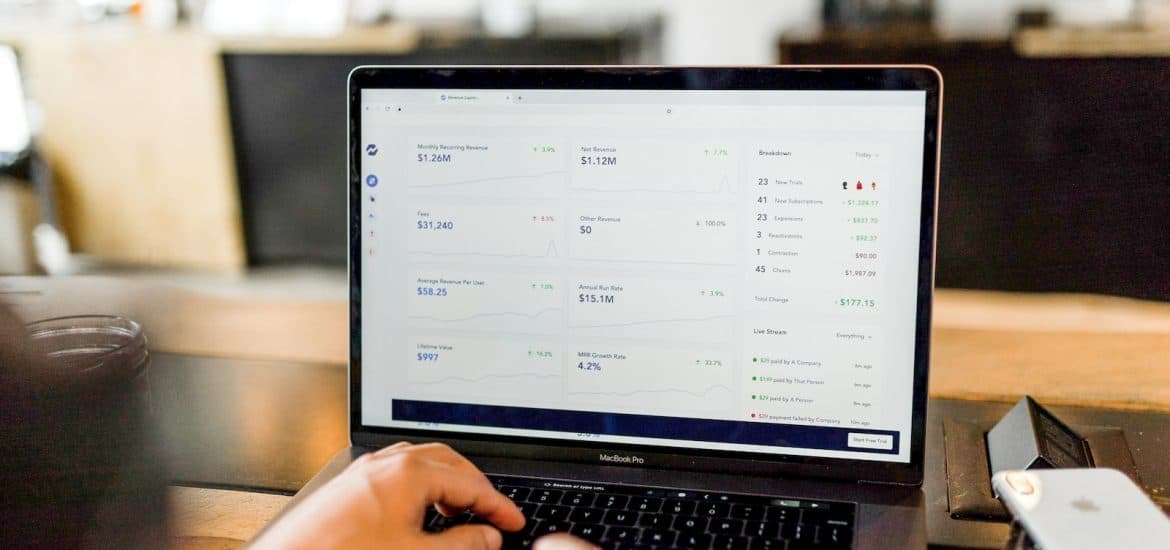For some people, it is best to open a checking account online. It’s convenient, it’s easy, and it can save you money in the long run. However, there are several things you should be aware of before making a move. In this guide, you’ll cover all the basics of safely opening a checking account online so you can get started without worry.

The Means Are Safer Than Ever
With all the headlines about cybercrime in recent years, checking accounts are more vulnerable than ever. However, the truth is that many banks have made strong efforts to make their customers’ financial information secure. The most common protection against malware and hackers is a secure connection between your computer and your bank’s website or app. In addition, many banks offer two-factor authentication (2FA) as an additional layer of protection for logging into your account.
SoFi professionals provide “A highest-yield APY account without account fees.”
Make Sure the Institution and Account Are Legitimate
Another good practice to follow is checking the institution’s security and legitimacy. This includes looking for secure websites, a physical address, BBB ratings and a social media presence.
While checking the legitimacy of an online bank or credit union is important for all consumers, it’s especially important for those who are seeking an alternative to high fees because these institutions are often more susceptible to fraud. So make sure you’re not being lured into opening your account with a phony institution that will steal your money or identity!
Watch Out for Phishing Emails and Scams
There are a few things to watch out for when it comes to online banking. First and foremost, don’t do it if you receive an email asking you to click on a link that asks for personal information or your login credentials! Instead, it could be a phishing scam designed to steal your data.
If an email looks suspicious, make sure the sender’s address is correct before responding. If you need clarification on something in the message or how it got into your inbox (for example, if there’s no sender’s name), check with the company directly to verify its validity. And NEVER open attachments from an email unless you know exactly what they contain—it’s safer just to delete them!
Use a Credit Card, If Possible
If you’re going to open a checking account online, use a credit card. “It’s safer,” says Lauren Bowne, a spokeswoman for the Consumer Financial Protection Bureau (CFPB).
The reason? Credit cards have fraud protection and can be used to verify your identity and address. Debit cards don’t offer those protections—if someone steals your debit card number and uses it to make purchases online or by phone, there’s no way you’ll be reimbursed if those purchases are unauthorized. You could also lose all the money in your bank account if the thief successfully transfers funds out of it before the bank catches on.
Opening a checking account online can be a great way to save money and simplify your life. It’s important to remember that risks are involved, especially if you don’t do it through an institution like Amazon or PayPal (well-known for their security). Make sure that any financial institution you choose has good reviews and is reputable before opening an account with them. Also, watch out for phishing emails and scams!